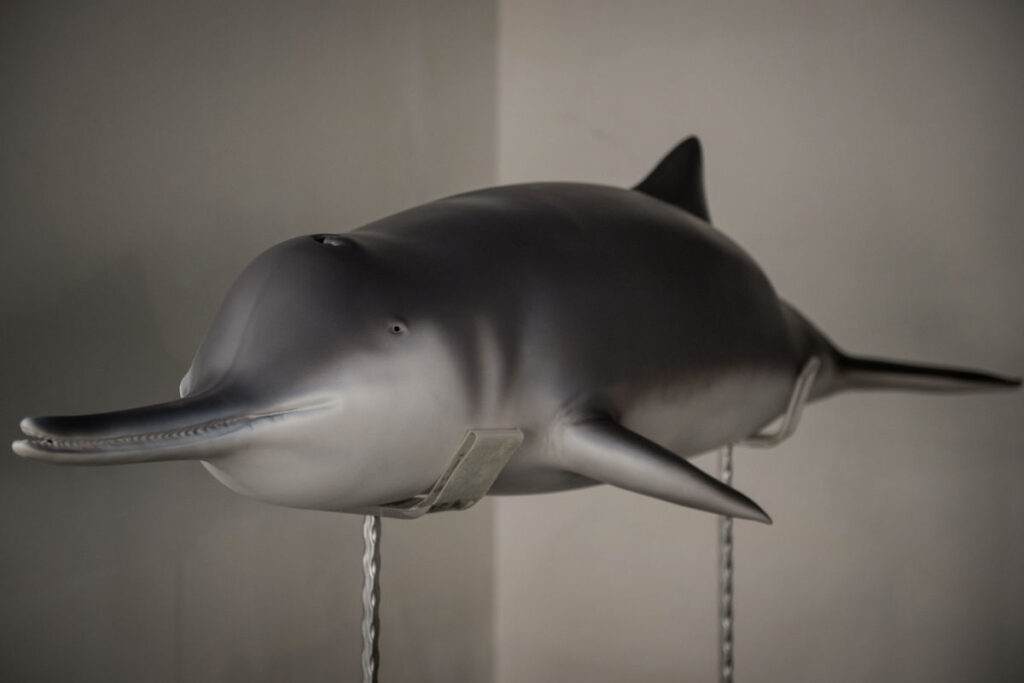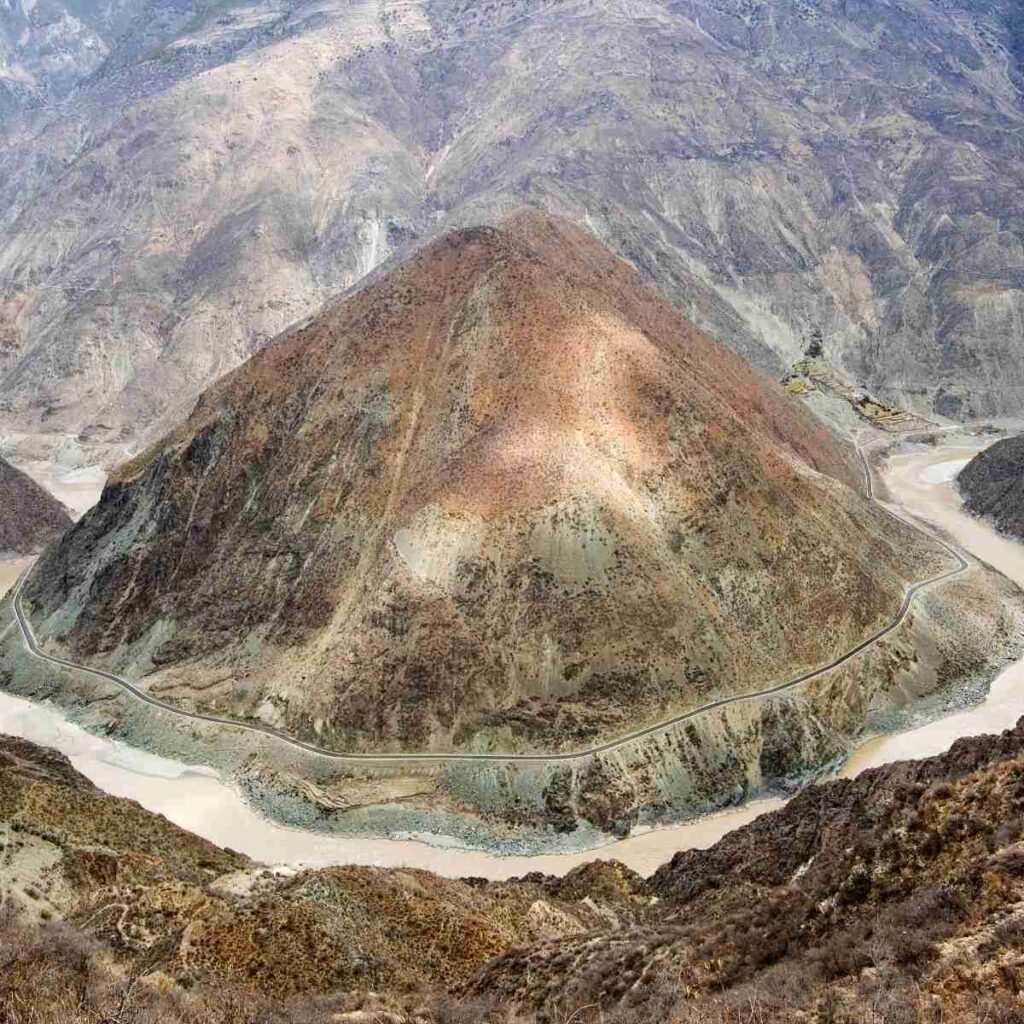Last Reviewed and Updated on January 25, 2023
Baiji dolphins were one of the few species living in freshwater environments. They are the first species of dolphins that went extinct due to human influence as their natural habitat was degraded. Read on and learn more facts about the baiji dolphin.

About Baiji Dolphins
The Baiji dolphin (Lipotes vexillifer), also known as the Yangtze River dolphin, was one of the few species of dolphins living in freshwater. This species was found only in the Yangtze River in China.
This species is thought to be extinct (both in the wild and in captivity) due to the degradation of their natural habitat. The species hasn’t been seen in the last 40 years or so in the wild. The last confirmed baiji dolphin in captivity, Qiqi, died in 2002.
Efforts were made to conserve the species prior to its extinction, but with no success.
Baiji dolphins were pale blue to gray on their backside and white on their belly. They had a long and slightly upturned beak.
These dolphins feed on many types of freshwater fish.
They were thought to breed in the first half of the year. The gestation period lasted 10 to 11 months, with mothers giving birth to one calf per breeding season (every two years).
Facts About the Baiji Dolphin
Read through these facts about baiji dolphins, many of which we can’t be proud of.
1. The baiji dolphin is the first dolphin that humans drove to extinction

It is sadly not the first aquatic mammal to suffer this fate, as the Japanese sea lion and the Caribbean monk seal are two species that also went extinct due to human influence.
Their fate was shared by some other non-mammal species of animals residing in the Yangtze river.
2. Baiji was not closely related to any living species of dolphins
Baiji dolphins are not closely related to any living dolphins, having diverged around 16 million years ago from their ancestors, the La Plata dolphin, and the Amazon River dolphin. Parapontoporia, an extinct genus of dolphins that were native to the Western Coasts of North America during the Late Miocene and Pliocene, is the closest relative of the Baiji.
3. They had poor vision and relied more on their sonar
All river dolphins have small eyes, compared to their saltwater relatives. Over time the size of their eyes decreased, most likely as an adaptation to poorer visibility in river environments.
4. They were nicknamed the “Goddess of Yangtze”
Baiji was regarded as the goddess of protection by fishermen and boatmen.
5. Thousands of baiji dolphins lived in the Yangtze River before
Before the 1950s, the population of Baiji dolphins in the Yangtze river was estimated to be about 6000 animals. Over the next few decades, their numbers rapidly declined. In 1997, when a full-fledged search was conducted, only 13 dolphins were found.
